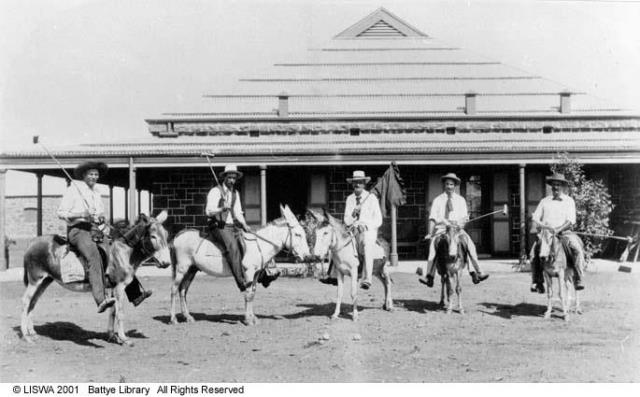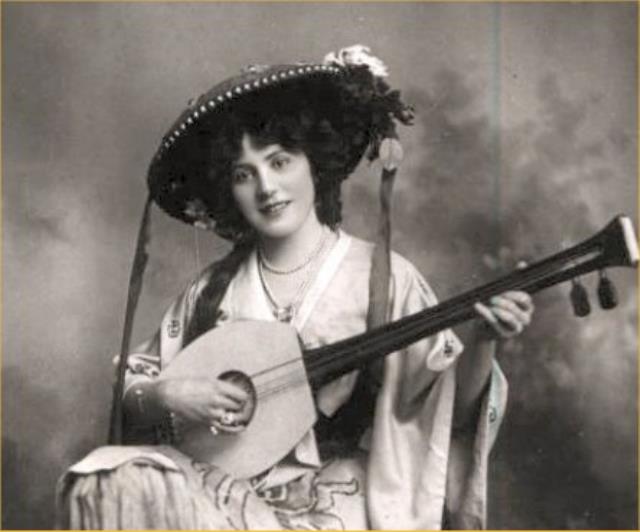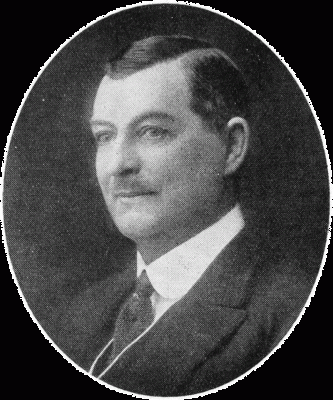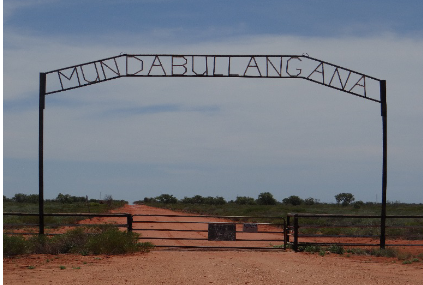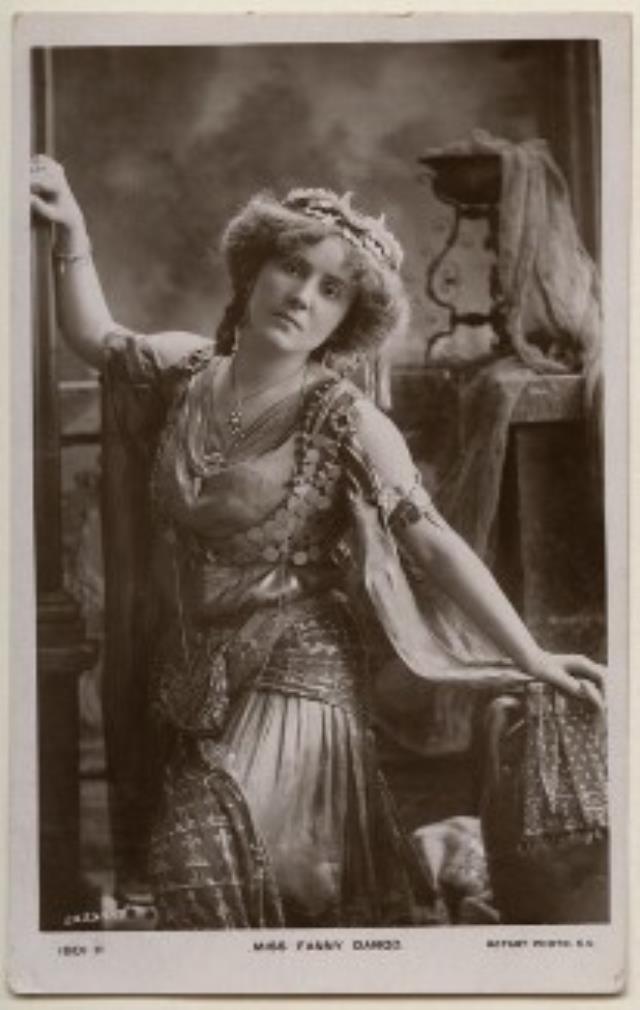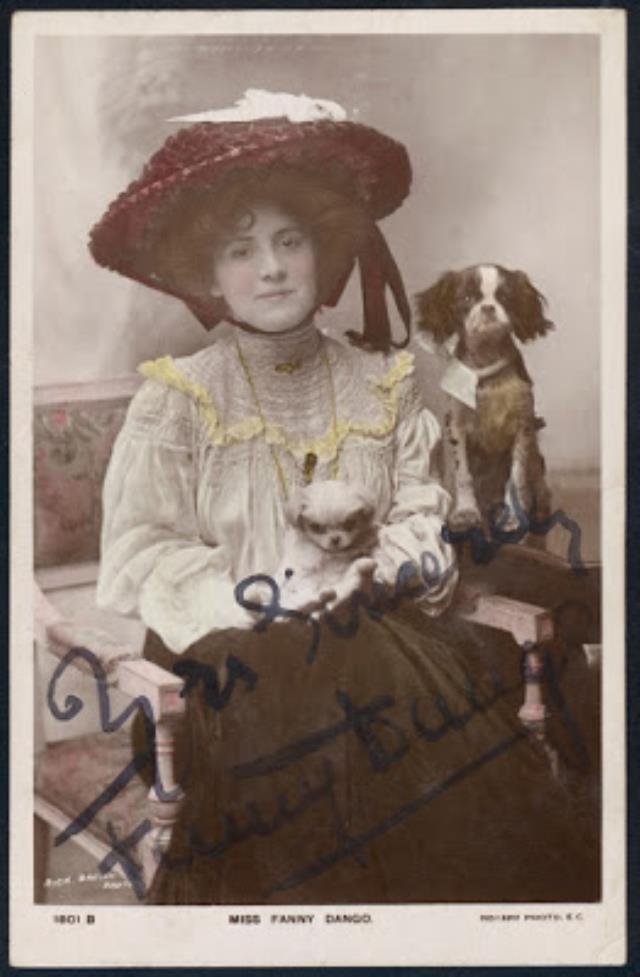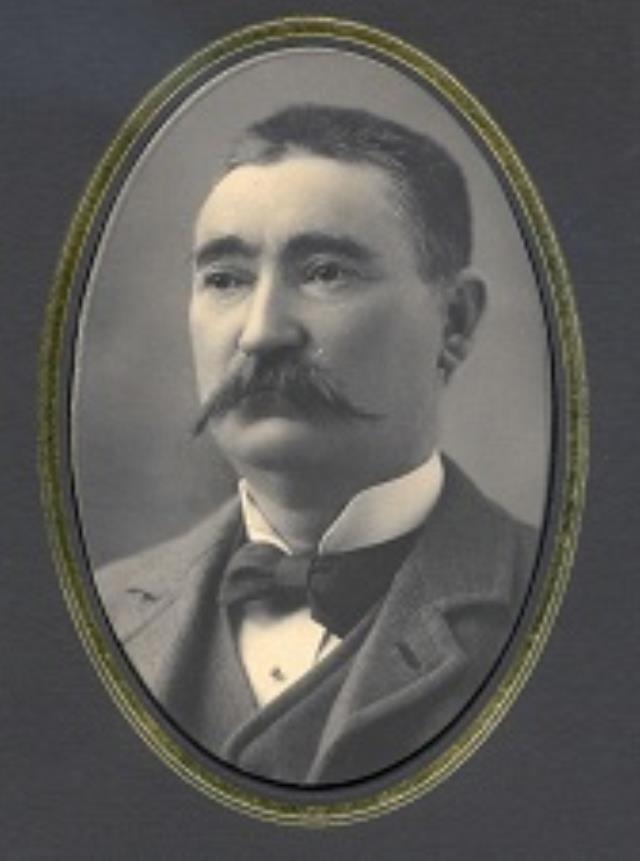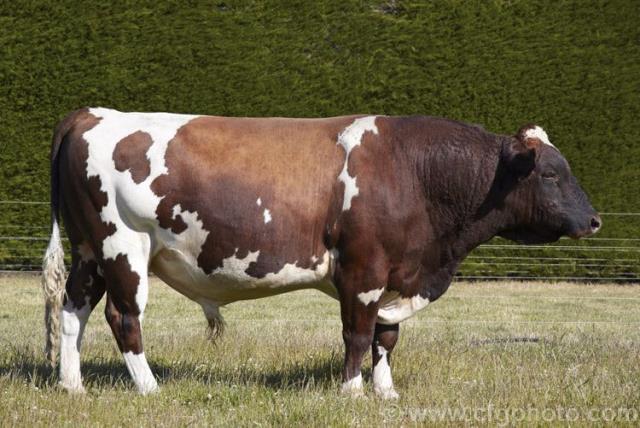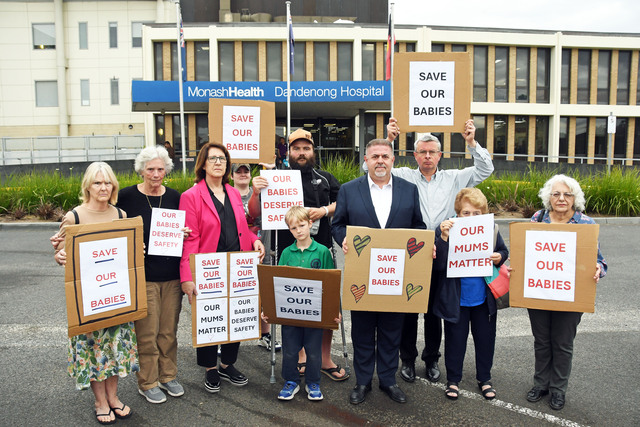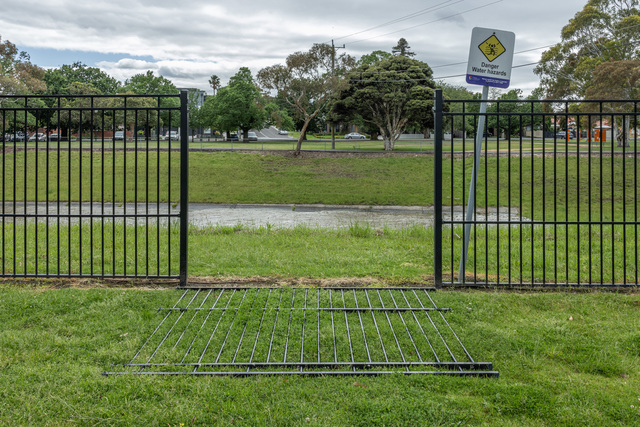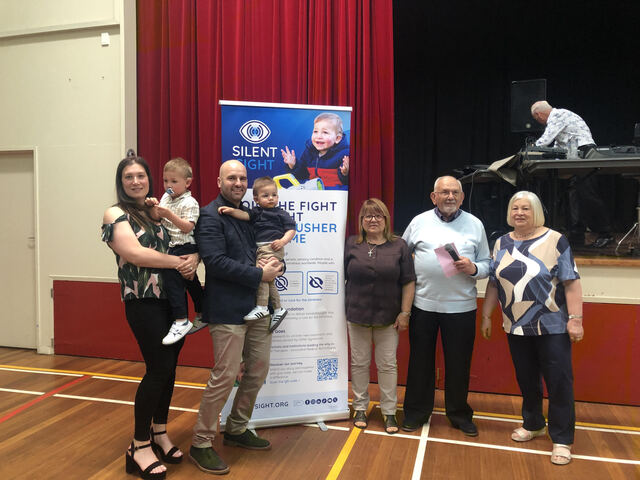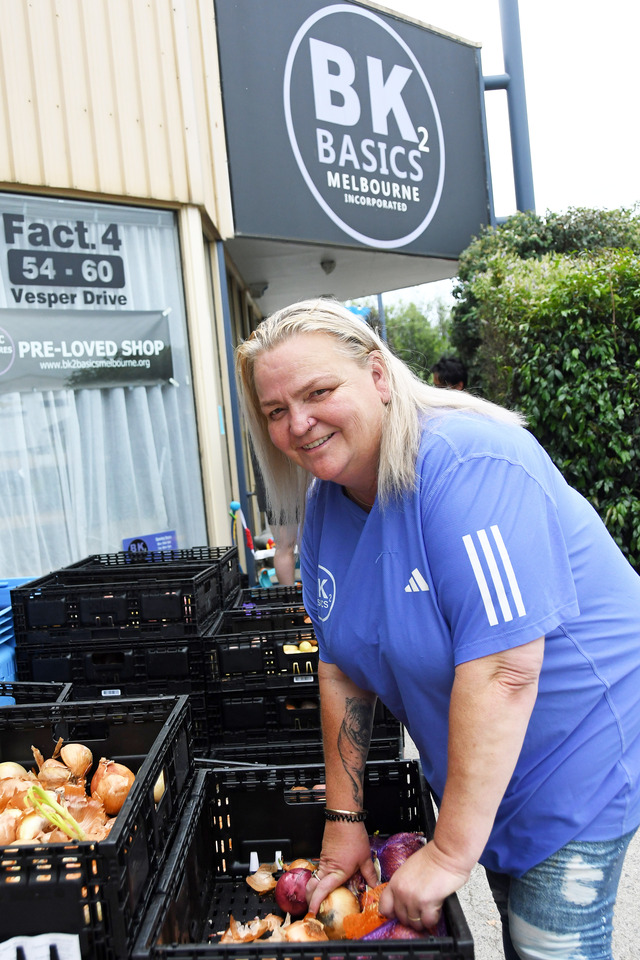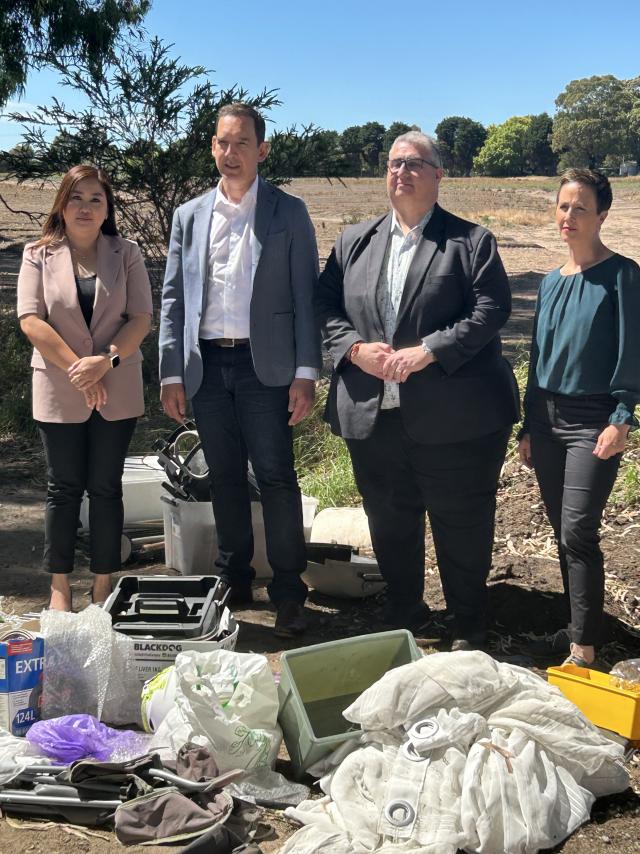The MacKay family led a privileged and colourful lives between a massive outback cattle station and Berwick’s finest property, as NEIL LUCAS explains in his latest look at the significance of place and street names in the region.
McKay Close, Berwick
McKay Close in the Edrington Estate at Berwick appears to have been incorrectly spelt in official records as it is named after Samuel MacKay who owned Edrington in the early 1900s.
Samuel Peter MacKay was born in 1864 in the Naracoorte district of South Australia and attended Mount Gambier Grammar School until the age of 13 years when he left to make his way in the world. His father Donald had immigrated to Australia with his parents in 1855 from their family estate on the Isle of Skye off the west coast of Scotland.
Young MacKay was a keen horseman and began taking jobs as a drover and working with a surveying party. But there was more excitement in store.
MacKay’s father Donald and two of his uncles, with Samuel, travelled to the north-west region of Western Australia and became involved in the pearling industry.
However, the good prospects of the region for farming attracted them and the three brothers purchased the Mundabullangana Station comprising one million acres (4047 square kilometres) around 1880.
The station was located 100km south-west of Port Hedland on the Yule River, a good source of permanent water.
The MacKays ran sheep on the property and also bred horses for the racing industry and for farming purposes. The station became one of the most successful enterprises in the region.
In 1892 Samuel married Florence Taylor at the Church of England, Guilford in Western Australia and they lived at Mundabullangana Station until 1902. They produced three children – Elsie (born 1893), Marjorie (born and died 1895), Donald (1895) and Samuel Keith (1900).
In 1898 a cyclone dumped 10 inches (254mm) of rain in the station’s rain gauge and the Yule River “ran a banker”.
MacKay’s father Donald died in 1904 and Samuel was bequeathed his father’s share in Mundabullangana.
MacKay took the initiative and in that year bought his uncles’ shares in the property becoming sole owner of Mundabullangana. Twenty-two years later (following Samuel’s death) the property was reported as holding 35,000 sheep and 190 horses.
MacKay bought and sold a number of stations in the region, at various times owning De Grey, Sherlock, Springs, Croydon and Balmoral Stations.
Whilst retaining Mundabullangana and a number of other properties in Perth, in March 1905, MacKay purchased the Melville Park property at Berwick (later renamed Edrington) which comprised 830 acres (336 hectares). The agents for the sale described the property as “the finest estate within 100 miles of Melbourne”.
Initially, MacKay decided not to occupy Melville Park and entered into a five- year lease with Charles Kidman (brother of one of the world’s greatest pastoralists Sir Sydney Kidman).
For some reason MacKay had a change of mind and decided to live at Melville Park after all. But the existing house was somewhat below the standard of what he thought appropriate. It was a hand-made brick house which had been constructed many years earlier for Captain Robert Gardiner.
McKay was of the mind to build something better. Accordingly, in 1906 McKay retained the services of a young architect Rodney Alsop with a request that Alsop design a substantial house to be his home at Berwick.
Alsop was Melbourne born and led a successful life as an architect with particular speciality in domestic work.
The house designed for the McKay’s property was a two-storey red brick example of an English style with some reference to the Queen Anne style. It was constructed during 1906-07.
An eight-horse power Hornsby engine was installed to generate electricity by a dynamo for the house and adjacent buildings.
The house was surrounded by gardens and some practical plantings. To the north around the entrance was a formal lawn surrounded by specimen tree plantings and a substantial rose garden, and at the side and rear an orchard and vegetable garden was enhanced from what had previously existed under previous owners. Many of the trees planted during this era still exist in the gardens of the Edrington Retirement Village – a Deodar Cedar, Bunya Bunya Pine, Moreton Bay Pine, Queensland Kauri and Canary Island Pine.
With a view to enlarging his holding for farming purposes, in February 1907 MacKay purchased a neighbouring property of 450 acres (166 hectares) fronting the Cardinia Creek thereby creating a property of nearly 1300 acres (480 hectares).
With the assistance of his farm workers MacKay devoted most of his time to breeding high class stock horses, cattle and sheep.
The establishment of a herd of Ayrshire cattle was a particular interest of MacKay and over his years at Berwick he enjoyed much success in the achievements of these cattle. MacKay imported several animals from the best Ayrshire herds in Scotland and built his herd at Berwick to more than 100 stud book entries.
A particularly impressive bull owned by MacKay, his imported Creamery Prince, was most successful at the Royal Melbourne Show winning the Champion Ayrshire Bull.
MacKay also bred Shropshire and Leicester sheep, Clydesdales and Berkshire pigs. His flock of Shropshires was built through astute purchases made from the best flocks in Tasmania and New Zealand.
His draught stallion Baron’s Hero imported from Scotland, initially to Western Australia, was described in a newspaper article as “really cheeky ….who objects to the overseer, Bob Pettitt, intruding on his Mormon preserves, and rounding up his many wives and family, shows fight, a characteristic of his training on the boundless runs of Westralia”. Around 100 Berkshires were bred up from prize stock.
Other interests at Berwick were MacKay’s string of racehorses – he seems to have owned racehorses in Victoria, South Australia and western Australia over a period of years and enjoyed much success including winning the Railway Stakes, Caulfield Futurity Stakes, V.A.T.C. St George’s Stakes and in 1908, the Newmarket Handicap with his horse Soultline.
Throughout his ownership of Melville Park MacKay travelled widely, securing stud stock throughout the eastern States and New Zealand, and visiting Mundabullangana during the shearing season each year for some months.
He also travelled to England on a number of occasions.
He oversaw the key activities at Mundabullangana from afar – in April 1908 MacKay offered (from Berwick) the sale of 25,000 sheep from Mundabullangana.
In the following month MacKay travelled to Port Hedland on the steamer SS Paroo to oversee the situation at his station.
Following a review of the circumstances there he sold 5000 hoggets and 2000 wethers to a farmer on the Upper Swan River north of Perth. The SS Paroo made a special voyage to transport the sheep south to their new home.
Following the conclusion of the arrangements at the Station, MacKay left Perth for Colombo to meet his wife Florence and children (a girl and a boy) who had, during his time at Mundabullangana, been in England. He joined them there for the return voyage home to Melbourne.
In 1909 the local newspaper recorded MacKay as having provided the whole of the prize money for the Berwick Grammar School sports held at the local cricket ground (now Arch Brown Reserve). MacKay also passed on a sufficient sum for the prize money for the sports meeting to be held in the following month.
MacKay’s many absences may have been a factor in the failure of his marriage.
In 1910, upon returning from a visit to his property in Western Australia, MacKay found his wife to be not at home.
In a bundle of letters waiting attention was a letter addressed to his wife which he opened. It was from his former chauffeur Harry Mulvey and showed Mulvey guilty of impropriety with his wife.
The situation expanded somewhat resulting in MacKay filing a petition with the court seeking that his marriage be dissolved on the grounds of his wife Florence having allegedly committed adultery with Mulvey and also Donald Bain, son of the local licensee of the Border Hotel at Berwick.
Bain denied all of the allegations but a divorce was granted following the testimony of the owner of premises in St Kilda who confirmed some quite embarrassing and intimate details of what had occurred at her establishment. Florence thereupon sailed for England and took up residence at Putney near London.
The arrival of an English theatre company to perform The Merry Widow at the J.C. Williamson theatre brought a number of the members of the Rudge family to Melbourne.
There were five sisters – Letitia, Sarah, Elizabeth, Lydia and Fanny, and each played a part in the cast.
Fanny Rudge, an actress, singer and comedienne went by the stage name Fanny Dango and became quite well-known in Melbourne.
Samuel met and fell in love with Fanny and they were married in December 1910 in London. They produced one son Peter, born in 1911.
MacKay continued farming at Berwick but his time there came to an end in 1912 when he sold the Melville Park property to Andrew Chirnside.
A significant auction was conducted at which MacKay’s stock was sold except for his prize bull Creamery Prince, which was sent to Western Australia.
MacKay then resided for many years at Alma in St. Kilda, prior to a move to Irishtown, north of Northam in Western Australia.
In early 1922, while in Perth, a significant heath issue arose.
The MacKays decided to return to Victoria and purchased Rock House Estate, near Kyneton, with the intention of making it a stud horse and cattle farm. However MacKay’s health continued to decline and he died on 11 May 1923.
Samuel MacKay was buried at Brighton Cemetery with several prominent members of the racing community acting as pall-bearers. MacKay’s estate was valued at 204,870 pounds, a significant amount at that time. His wife Fanny lived to the age of 94, dying in 1972.

